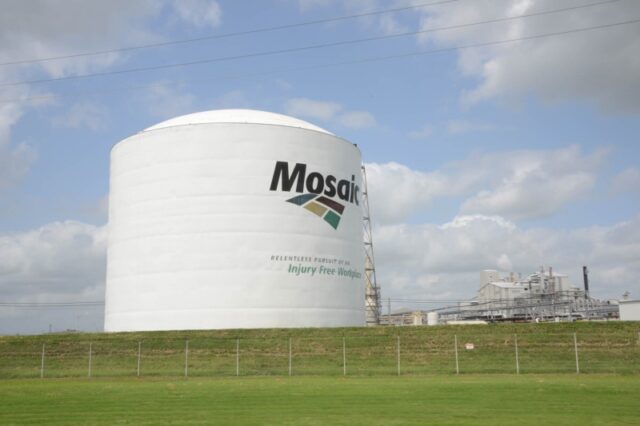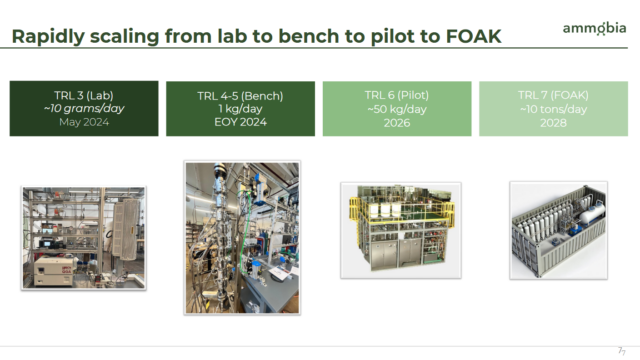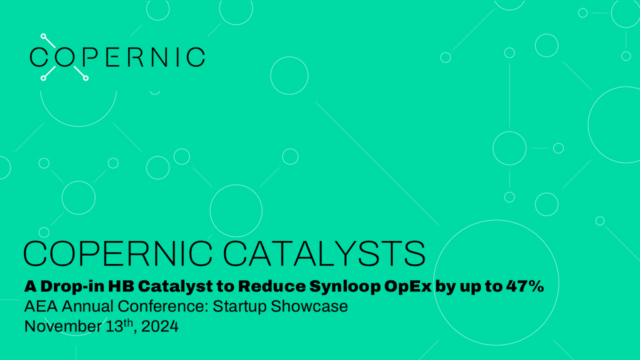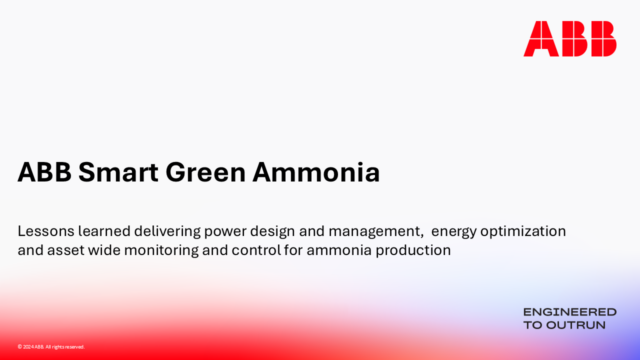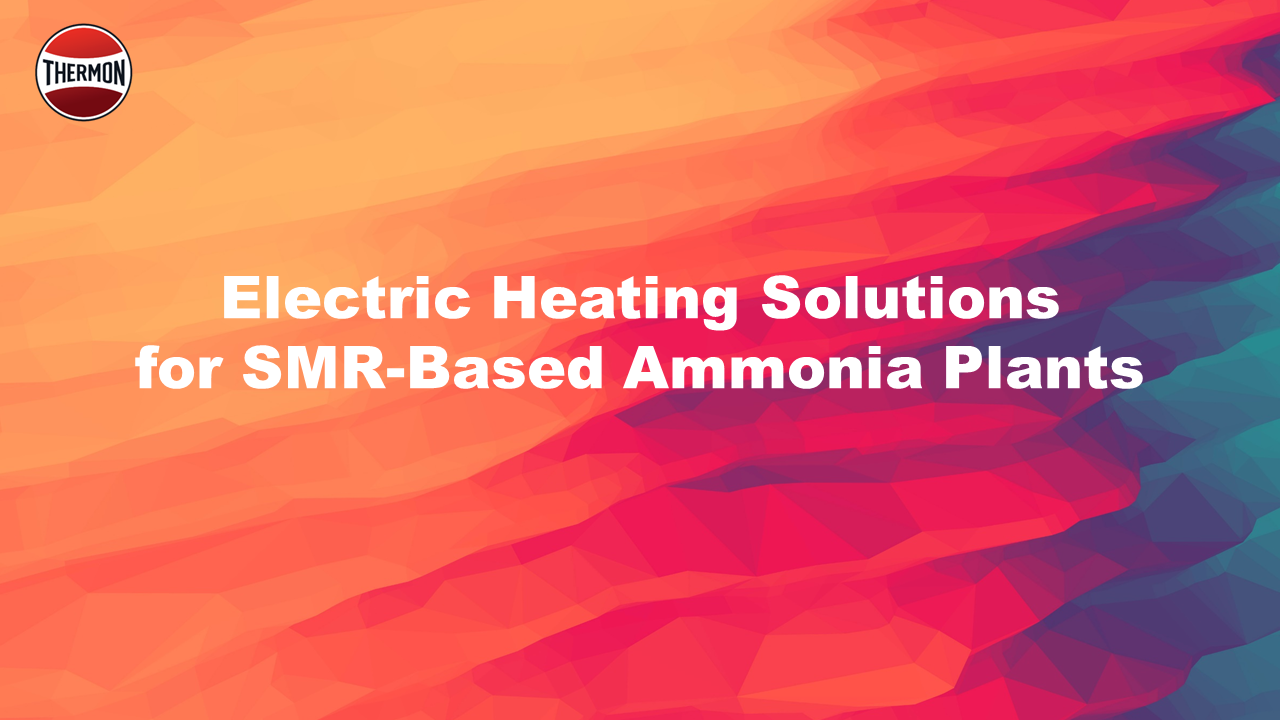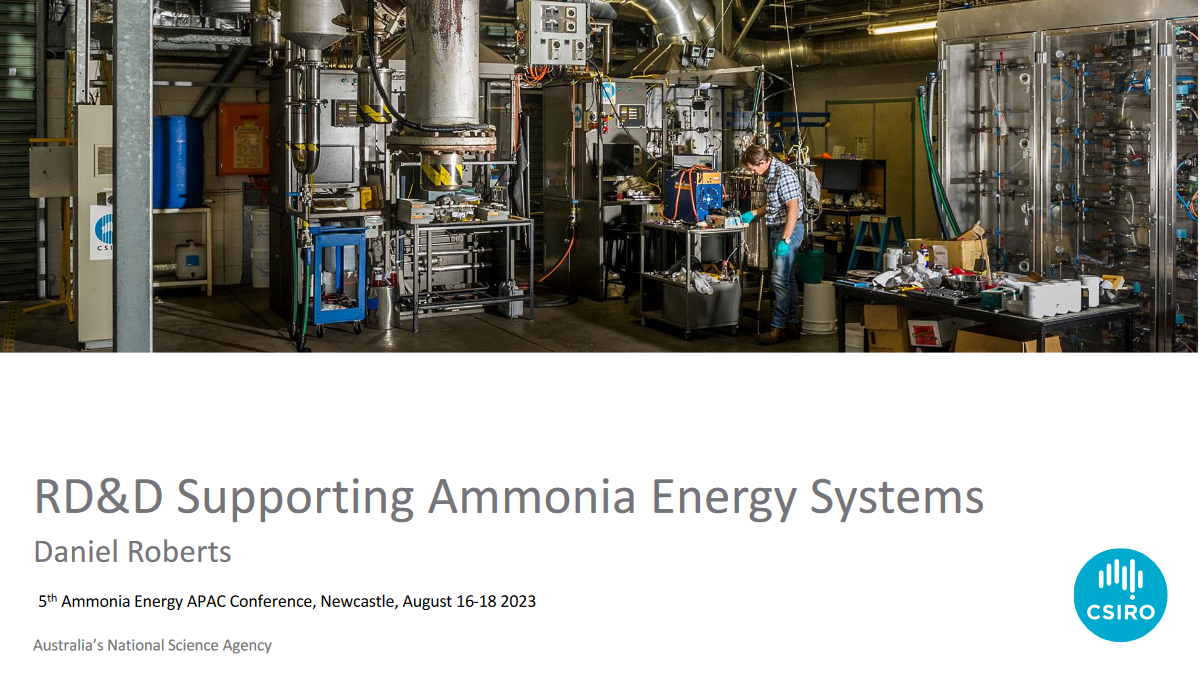Status of renewable ammonia projects and technology licensors
One of the key steps in project development remains the selection of the licensor for the renewable ammonia synthesis loop. We explore different technology offerings from leading licensors – including KBR, Topsoe, Thyssenkrupp Uhde, Casale, Stamicarbon, and GoodChina – as well as the growing list of projects where they are being deployed.



